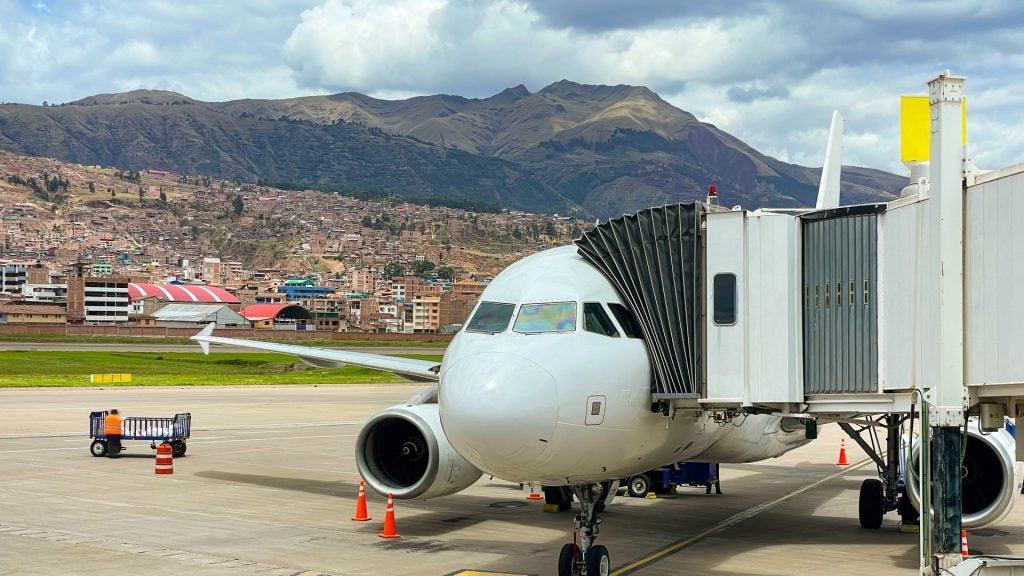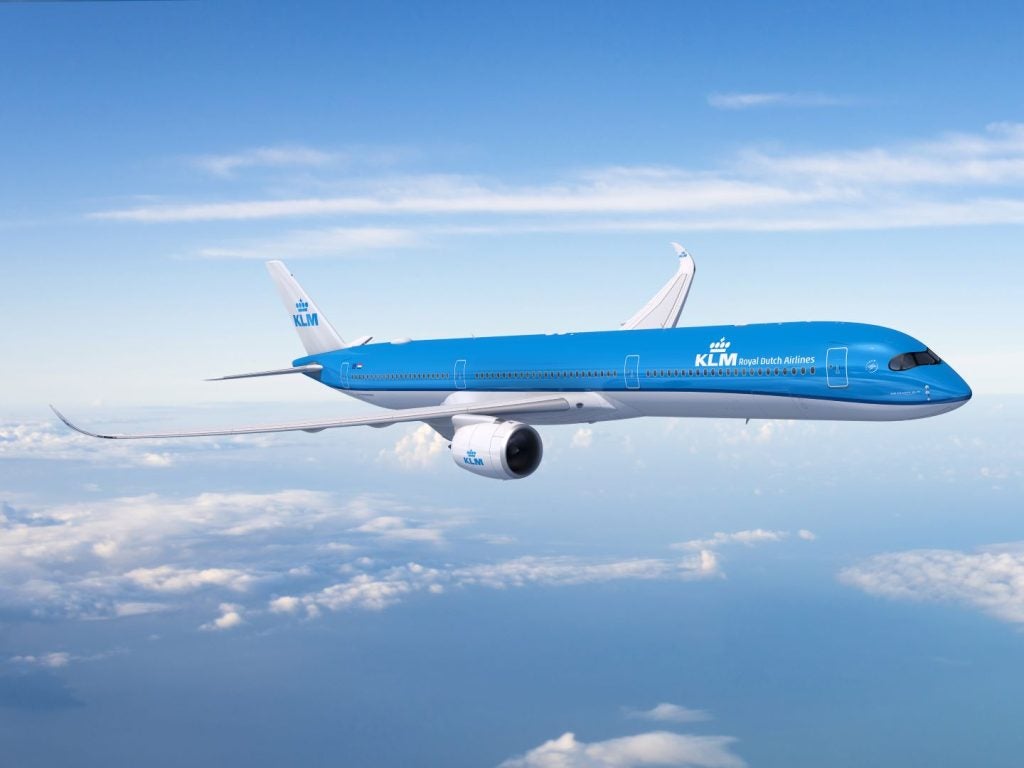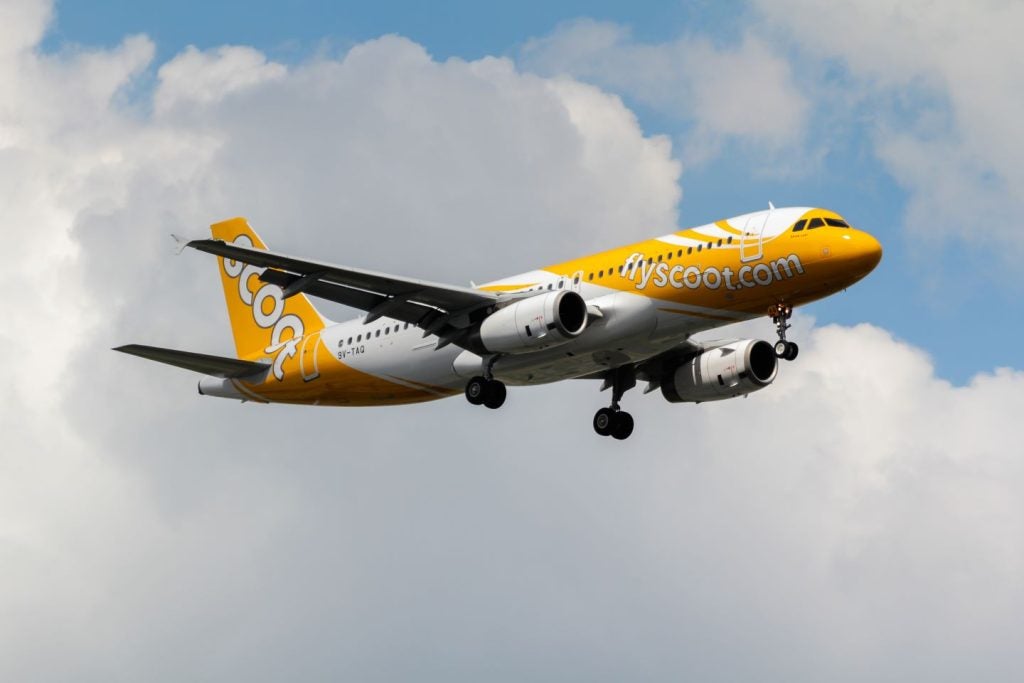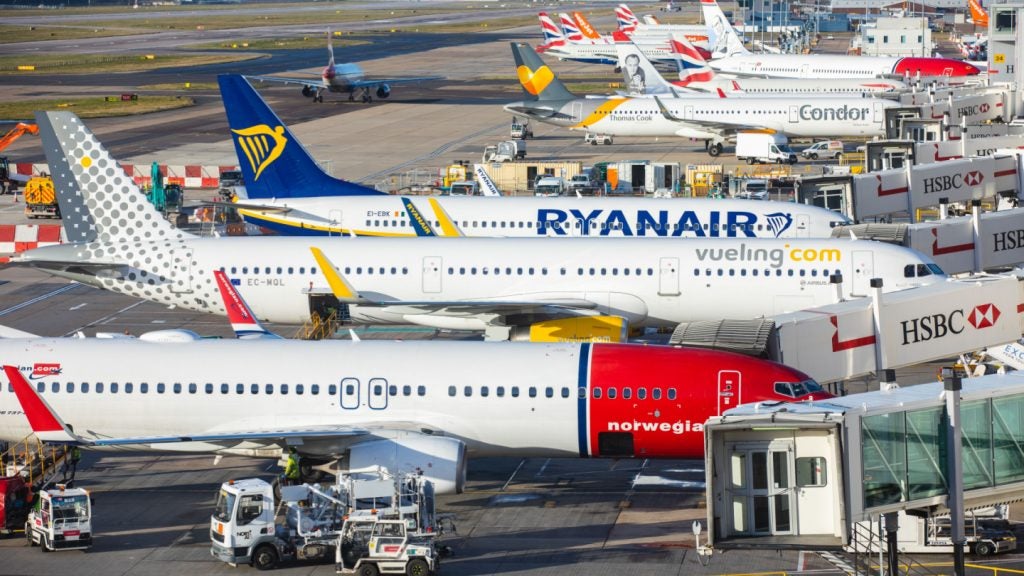Peru’s aviation industry has finally recovered to levels seen before the pandemic amid years of airline insolvencies, Covid-19 closures and political turmoil.
Between January and July 2023, Peru received 6.5 million passengers – an 80.9% increase compared to the same period last year, and a 0.2% increase compared to Q1 and Q2 in 2019.
Minister of Transport and Communications Raúl Pérez Reyes promised on Saturday 23 September that “national air traffic will exceed 12 million passengers by the end of 2023”. Peru received 12.4 million passengers in 2019, according to GlobalData research.
Peru’s airline turbulence abates
Most other Latin American aviation markets have already recovered to pre-pandemic traffic levels.
Alongside agriculture, tourism is a primary contributor to the Peruvian economy, which was torn apart as the country suffered from the worst Covid-19 death rate per capita in the world. A succession of presidential impeachments and widespread protests also forced airports to close at the end of 2022.
Such instability claimed several carriers, shown by GlobalData's filings analytics. Peruvian Airlines suspended all flights and closed its offices in 2019, while Viva Air Peru, a subsidiary of Colombia’s low-cost Viva Air, was forced to suspend operations in February.
Peru’s aviation market has since become increasingly monopolised by LATAM Airlines, Latin America’s largest carrier. The Santiago-based provider accounts for 63.42% of Peru’s airline industry, according to GlobalData’s Travel and Tourism in Peru (2022) report.
LATAM’s investment in SMEs has focused on Peru and Colombia. The airline has partnered with Fondo Transandino Colombia, Fondo Transandino Peru, and subsidiary LATAM Peru to fund co-ventures.
Increased connectivity has also contributed to market recovery. Minister Reyes pointed to “flights to new destinations such as London, Toronto, Cúcuta, Cartagena, Atlanta and Aruba” as key, in addition to “the [planned] restart of operations to Havana, Foz de Iguazú and Salta”.
Peru’s most important domestic routes are Lima-Cusco, Lima-Arequipa, and Lima-Tarapoto. Respectively, these account for 177, 116 and 67 flights per week.
Our signals coverage is powered by GlobalData’s Thematic Engine, which tags millions of data items across six alternative datasets — patents, jobs, deals, company filings, social media mentions and news — to themes, sectors and companies. These signals enhance our predictive capabilities, helping us to identify the most disruptive threats across each of the sectors we cover and the companies best placed to succeed.















